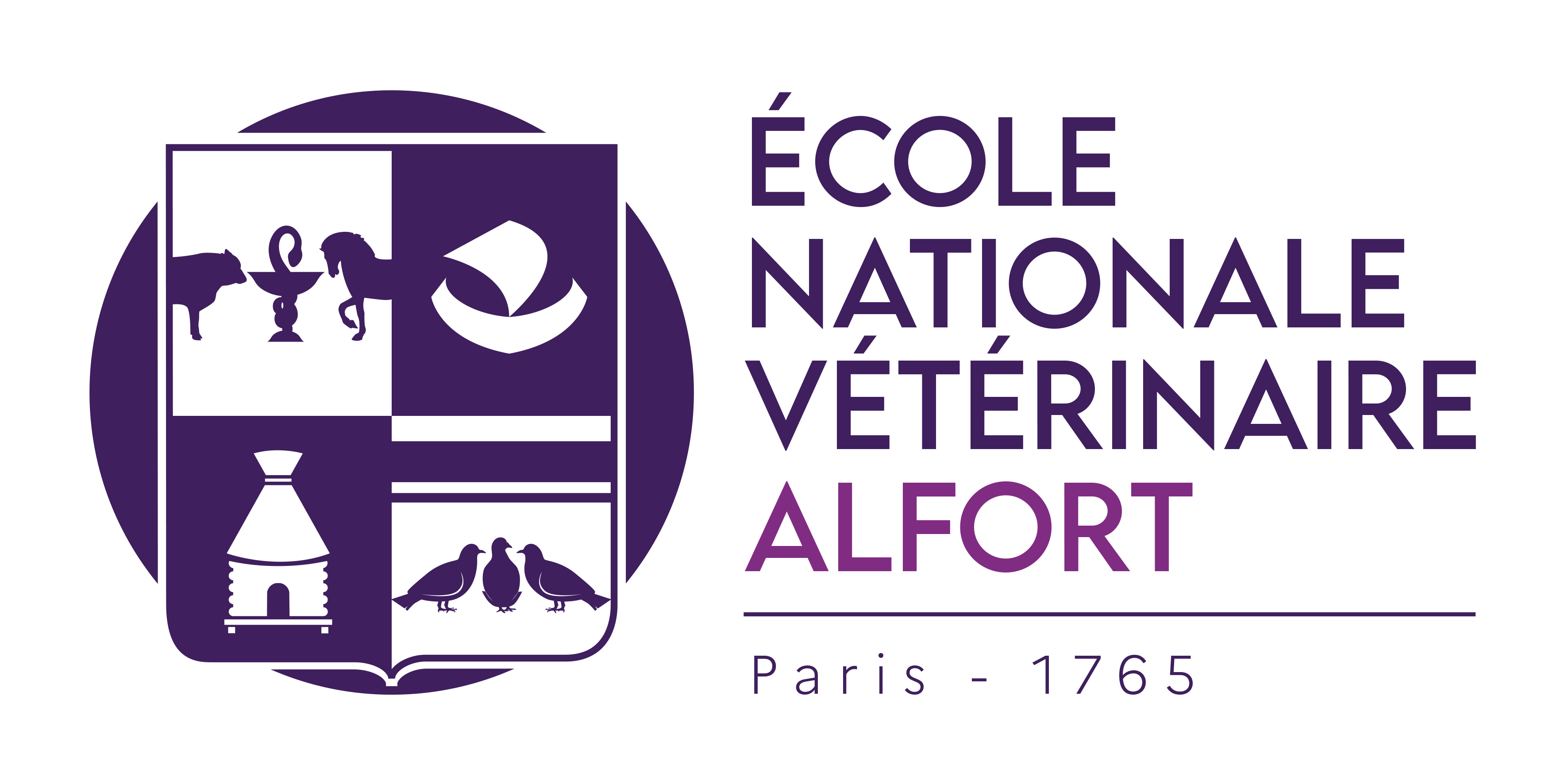Head and thorax elevation prevents the rise of intracranial pressure during extracorporeal resuscitation in swine
Résumé
Aim: Head and thorax elevation during cardiopulmonary resuscitation improves cerebral hemodynamics and ultimate neurological outcome after cardiac arrest. Its effect during extracorporeal cardiopulmonary resuscitation (E-CPR) is unknown. We tested whether this procedure could improve hemodynamics in swine treated by E-CPR. Methods and Results: Pigs were anesthetized and submitted to 15 minutes of untreated ventricular fibrillation followed by E-CPR. Animals randomly remained in flat position (flat group) or underwent head and thorax elevation since E-CPR institution (head-up group). Electric shocks were delivered after 30 minutes until the return of spontaneous circulation (ROSC). They were followed during 120 minutes after ROSC. After 30 minutes of E-CPR, ROSC was achieved in all animals, with no difference regarding blood pressure, heart rate, and extracorporeal membrane of oxygenation flow among groups. The head-up group had an attenuated increase in ICP as compared with the flat group after cardiac arrest (13 ± 1 vs. 26 ± 2 mm Hg at the end of the follow-up, respectively). Cerebral perfusion pressure tended to be higher in the head-up versus flat group despite not achieving statistical difference (66 ± 1 vs 46 ± 1 mm Hg at the end of the follow-up). Carotid blood flow and cerebral oxygen saturation were not significantly different among groups. Conclusion: During E-CPR, head and thorax elevation prevents ICP increase. Whether it could improve the ultimate neurological outcome in this situation deserves further investigation.
Fichier principal
 Head-up ECMO_ 2022-07-14-accepted.pdf (225.82 Ko)
Télécharger le fichier
Figure 1.jpg (1.07 Mo)
Télécharger le fichier
Figure 2.jpg (1.32 Mo)
Télécharger le fichier
Head-up ECMO_ 2022-07-14-accepted.pdf (225.82 Ko)
Télécharger le fichier
Figure 1.jpg (1.07 Mo)
Télécharger le fichier
Figure 2.jpg (1.32 Mo)
Télécharger le fichier
| Origine | Fichiers produits par l'(les) auteur(s) |
|---|

